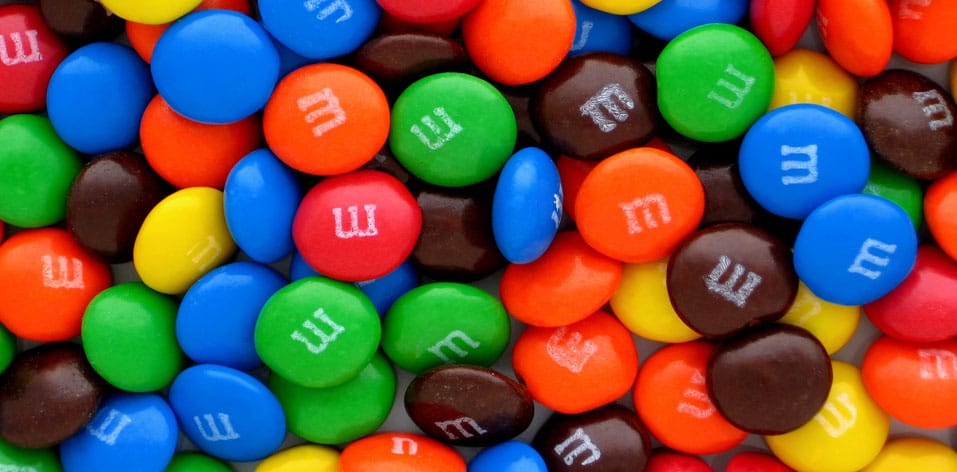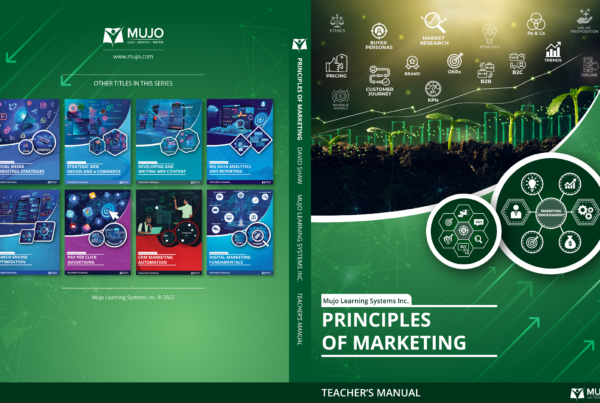M&M’s USP
What makes you unique? How can you differentiate yourself from the person sitting next to you in class, on the bus, in a restaurant? Companies must ask themselves these very questions when it comes to their products. For example, many businesses make candy. Generally, it’s all sweet, delicious, and incredibly satisfying to the consumer. However, out of all the bags of candy in the supermarket, why should I reach for yours? The unique selling proposition put forward by M&M’s is a compelling one: “It melts in your mouth, not in your hand.” And it is the evolution of the winning USP, that is the focus of today’s post.
The Genesis of M&Ms
During the Spanish Civil War, Forrest Mars Sr. (yes, that Mars), was thrilled to witness “soldiers eating small chocolate beads encased in a hard sugar shell as part of their rations.”1 Why was he so excited? Well, if you’ve ever eaten chocolate on a hot summer day, you’ll understand.
Mars saw an opportunity and when he returned to the United States he partnered with Bruce Murrie, the son of a Hershey executive. The motivation behind the partnership was Mars’ concern that there would soon be a sugar and chocolate shortage due to World War II. Hershey’s could provide a steady supply of these ingredients. “In return, Murrie was given a 20 percent stake in the M&M product, which was named to represent ‘Mars’ and ‘Murrie.’”2
Initially, M&M’s were only sold to the U.S. military during World War II, and the colorful candies became part of American soldiers’ rations. “By the time the war was over and GIs returned home, they were hooked [and] shortly after wartime quotas ended . . . the candies were made available to the general public.”3 The rest of the story, you know. Some of us like plain; others prefer peanut, but M&M’s are loved the world over.
Knowing Your Customer
So, what have we learned about creating a winning USP? A great USP solves a problem for the consumer that no one else has been able to solve before, or at least not solve in the same way. The solution to that problem needs to be encapsulated in a short and memorable phrase. It’s your elevator pitch; it’s what you say when you want someone to buy your product or invest in your business.
The M&M story also teaches us the importance of placement. Mars and Murrie sold their candy to a very specific target market. The American soldier was ideally positioned to appreciate the company’s USP over and over again. Some might say that the candy company got lucky and had the right product at the right time. This really trivializes what Mars and Murrie did, and what any business owner can do: know your customer. Research your buyer and create a detailed persona. Understand who your customer is, and sell to him or her at that ideal time or moment when your product will be the right answer to a problem.
Learn more about buyer personas and USPs in our Digital Marketing Fundamentals text, click here to get a free chapter download.
1 Schumm, Laura. “The Wartime Origins of the M&M.” History.com. 2014. Web. 10 Apr. 2017. https://www.history.com/news/the-wartime-origins-of-the-mm.
2 Ibid.
3 Ibid.













 by
by